Experience the magical world of Ayu, a treasured freshwater jewel cherished in Japan. Discover its delicate flavors and shimmering silver appearance. Learn about Ayu’s incredible migration during the summer, as it courageously swims upstream to lay its eggs. Delight in the culinary delights Ayu offers, such as perfectly grilled fish seasoned with salt or teriyaki glaze, or the exquisite artistry of Ayu sashimi with soy sauce and wasabi.
What is Ayu?
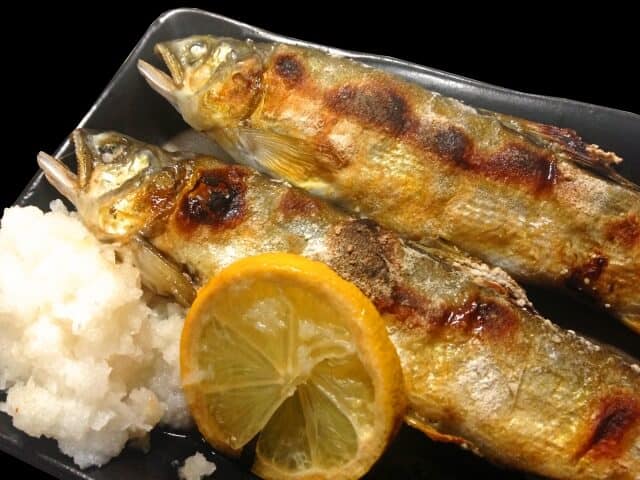
Ayu, commonly known as sweetfish, is a prized freshwater fish native to Japan, with significant cultural and culinary importance. Measuring about 15 to 25 centimeters in length, Ayu boasts a slender body, silver color, and a mildly sweet flavor that earned it the “sweetfish” name. Renowned for its migratory behavior, sweetfish swims upstream in rivers during the summer months to spawn. In Japan, sweetfish holds a special place as a seasonal delicacy enjoyed in various ways. Grilling is a popular method, often seasoning the fish with salt or teriyaki glaze and cooking it over charcoal. Locals also savored this dish as sashimi, where thin raw slices are accompanied by soy sauce and wasabi. Embedded in Japanese tradition, locals intertwined sweetfish with summer activities like fishing festivals and river-side dining, symbolizing the season’s arrival.
Ayu History
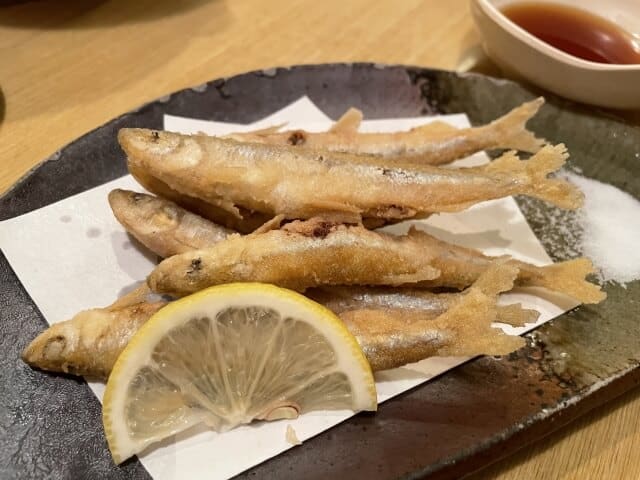
In 1909 (Meiji 42), Dr. Chiyomatsu Ishikawa demonstrated that small sweetfish in Lake Biwa grew larger when fed. Ayu in Lake Biwa are called “small ayu” and generally do not grow large. For this reason, at that time, sweetfish in rivers and sweetfish in Lake Biwa were considered to be different things. In response to this, the doctor thought that there was not enough food for sweetfish such as diatoms and blue-green algae, so in 1913, the sweetfish from Lake Biwa were released into the Tama River in Tokyo, and they grew well in autumn. It was found that even small sweetfish from Lake Biwa could grow if fed, and this became the basis for the development of the subsequent release business and underground aquaculture business.
The history of sweetfish in Japan comes with the country’s rich cultural heritage and longstanding culinary traditions. Ayu has been a part of Japanese culture for centuries, and its significance can be traced back to ancient times. Fishing for sweetfish has deep roots in Japan, with historical records indicating practiced as early as the Nara period and Heian period. During this time, sweetfish fishing was primarily a means of sustenance for local communities. As Japan’s culinary culture developed, sweetfish started to be appreciated not only for its nutritional value but also for its distinct flavor and appearance. It gained popularity as a seasonal delicacy enjoyed during the summer months when the fish undertakes its upstream migration to spawn. Ayu’s migration became a cultural phenomenon celebrated through fishing festivals and various regional traditions.
Foods that use Ayu as an ingredient
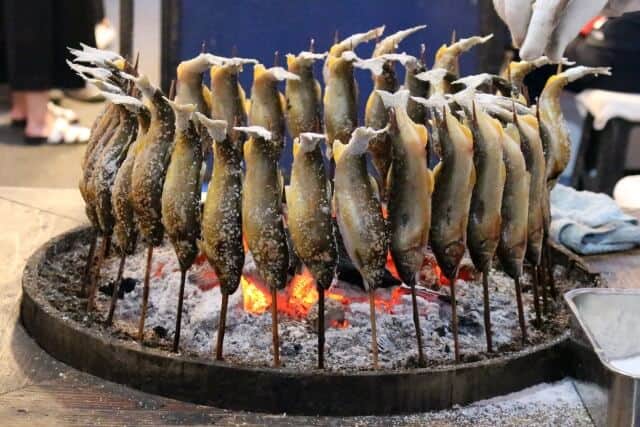
Salt-grilled sweetfish
Salt-grilled sweetfish, also known as “shioyaki,” is a classic and popular dish that showcases the natural flavors of Ayu or sweetfish. Considered the most basic and traditional way of preparing this delectable fish in Japan. Salt-grilled sweetfish is often served as a whole fish, allowing diners to savor its delicate flavors and enjoy the unique taste of the fish from head to tail. Commonly enjoyed during the summer months when sweetfish undergoes its spawning migration.
Ayu-meshi
Another popular dish that incorporates sweetfish is Ayu-meshi, which is a flavorful rice dish. Ayu-meshi combines the delicate flavors of sweetfish with steamed rice, creating a harmonious blend of tastes and textures. Ayu-meshi is enjoyed not only for its delicious taste but also for its visual appeal. The golden-brown fish placed atop a bed of white rice creates an enticing presentation that is both appetizing and inviting.
Health information of Ayu

Summer Ayu, with its soft bones, is a calcium powerhouse, containing approximately 250mg of calcium per 100g—1.4 times the recommended amount. Its unique feature of being consumed whole, from head to tail, makes it an excellent source of this essential mineral. Sweetfish also boasts protein, vitamins A and D, and is particularly abundant in vitamin E, known for its anti-aging properties. Interestingly, farmed sweetfish has nearly four times more vitamin E than wild sweetfish due to differences in their diets. Furthermore, locals long recognized this as a nutritious fish, beneficial for recovering from illnesses and summer fatigue. It fortifies the stomach, muscles, and bones, while also providing potential advantages for liver disease and diabetes.
Ayu FAQ
- What is the seasonal availability of Ayu sweetfish in Japan?
-
Ayu sweetfish is primarily available during the summer months in Japan. The exact timing of its availability can vary depending on the region and specific river systems. Generally, sweetish begins to appear in Japanese rivers from late spring to early summer and continues to be in season until early autumn.
- How does sweetfish differ in taste and texture compared to other types of fish?
-
Sweetfish stands out with its distinct taste and texture. Its unique characteristics include a delicate and subtle sweetness, a tender and melt-in-the-mouth texture, a moderate fat content that enhances flavor, and its relatively small size with soft, edible bones. These qualities combine to create a delightful culinary experience that sets sweetfish apart from other fish varieties.
Ayu Recipe
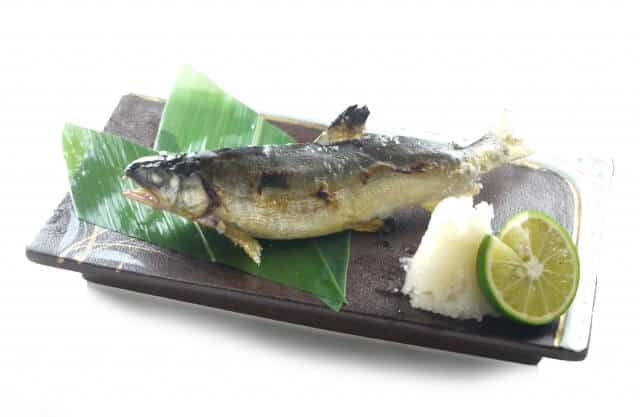
Ayu Ingredients
| Ingredients of Ayu for 4 persons | Measurements |
|---|---|
| Sweetfish [prepared] | 40g |
| Coarse salt | 3g |
How to make Ayu?
Lightly stroke the ayu from the tail to the head with the tip of the kitchen knife to scrape off the slime. Rinse with water and wipe off the moisture and preheat the oven to 220°C.
Add coarse salt to the fins and tails of the ayu, and sprinkle coarse salt all over and bake the fish.
Prevent charring by applying dressing salt to the fins and tail
Spread parchment paper on a baking sheet, put sweetfish on top, and bake in an oven preheated to 220°C for 14-16 minutes, until the sweetfish is cooked through.
Where to buy Ayu
Kichisei 吉星 (きちせい)
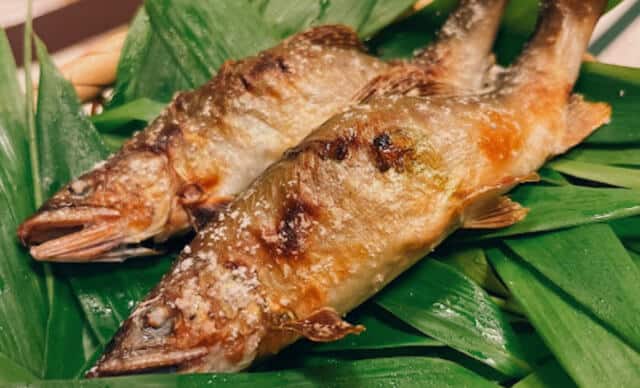
Once you step inside, you will find yourself in a somewhat nostalgic urban hideout that is conscious of an old private house that makes you feel Japanese culture. This year, we will be using live small ayu in May, and from June you can enjoy wild ayu grilled over charcoal with salt.
Ouchi (おうち)

A well-known Japanese restaurant that stands quietly in Ginza has a calm atmosphere and is a restaurant that will please you after work, eating with friends, and dating. The salt-grilled ayu is carefully seasoned with simple natural salt and is exquisite.
Matsushima (松し満)
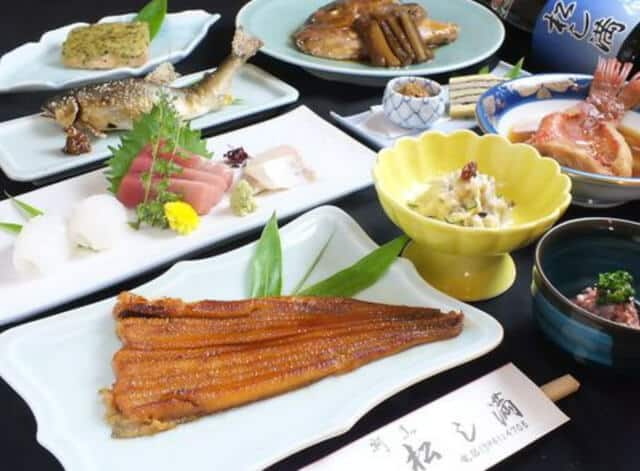
“Matsushima” is a Kappo restaurant that has been in business since 1948 in Otsuka, Tokyo. The sweetfish served at this restaurant is grilled dengaku, and the fragrant and plump grilled sweetfish and salty-sweet dengaku miso are exquisite.
Final Thoughts
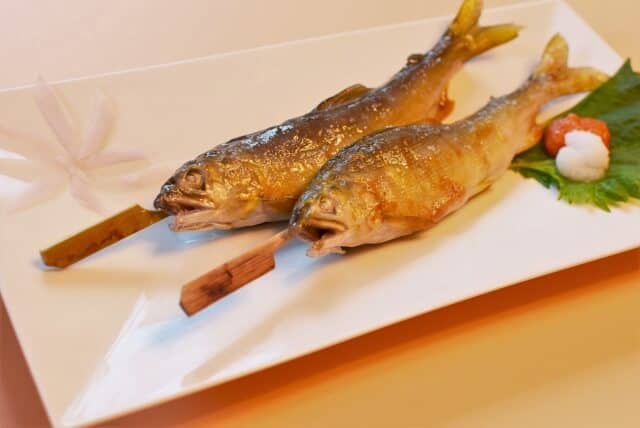
Ayu holds a special place in Japanese culinary tradition and cultural heritage. With its delicate sweetness, tender texture, and edible bones, Ayu offers a unique and enjoyable dining experience. Whether enjoyed through different styles of dishes, this seasonal delicacy embodies the essence of Japanese cuisine. Its availability during the summer months and its association with vibrant festivals further enrich the cultural significance of Ayu. Indulging in Ayu allows one to savor the flavors of Japan and appreciate the harmony between nature, gastronomy, and traditions.
You can check some Japanese seafood dishes that we know you would like to try too.
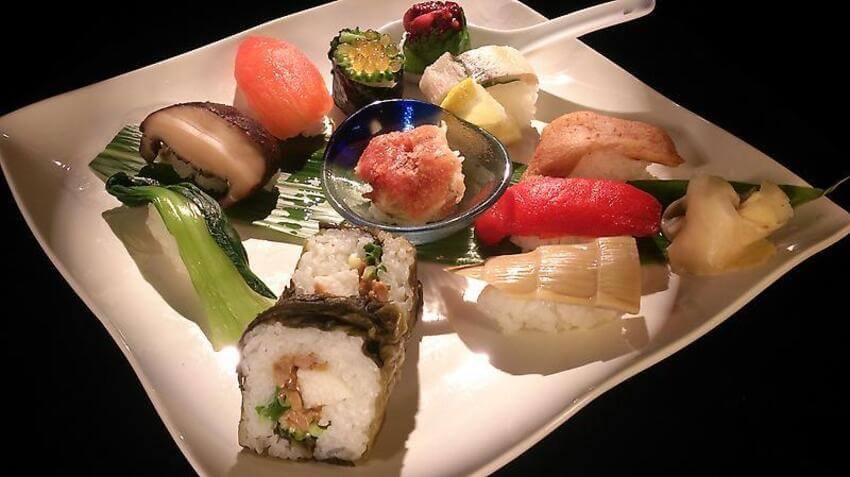





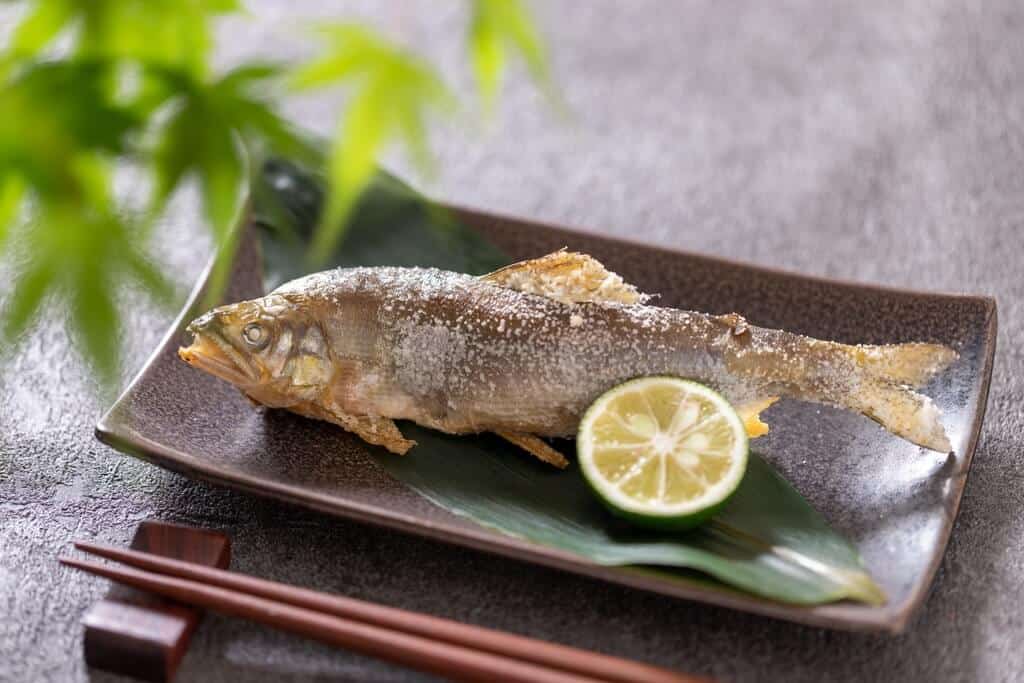
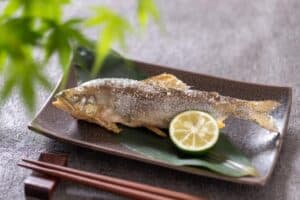

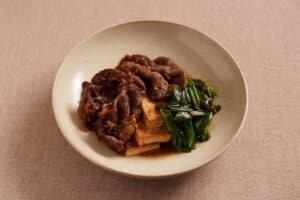
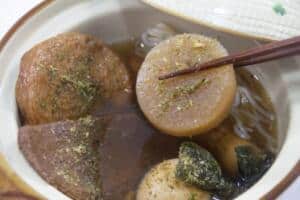
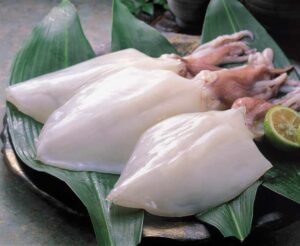

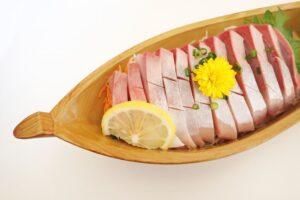
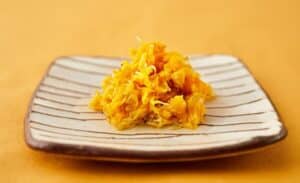
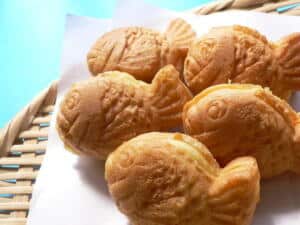
Comments